NIL
How can Drexel Athletics increase their name recognition?
Photo by Kasey Shamis | The Triangle Unlike colleges such as the University of Alabama or Ohio State, Drexel is not typically top of mind when it comes to prestigious athletics programs. As a member of the Coastal Athletic Association, which is not part of the Power 5 conferences (which include the Atlantic Coast Conference, […]
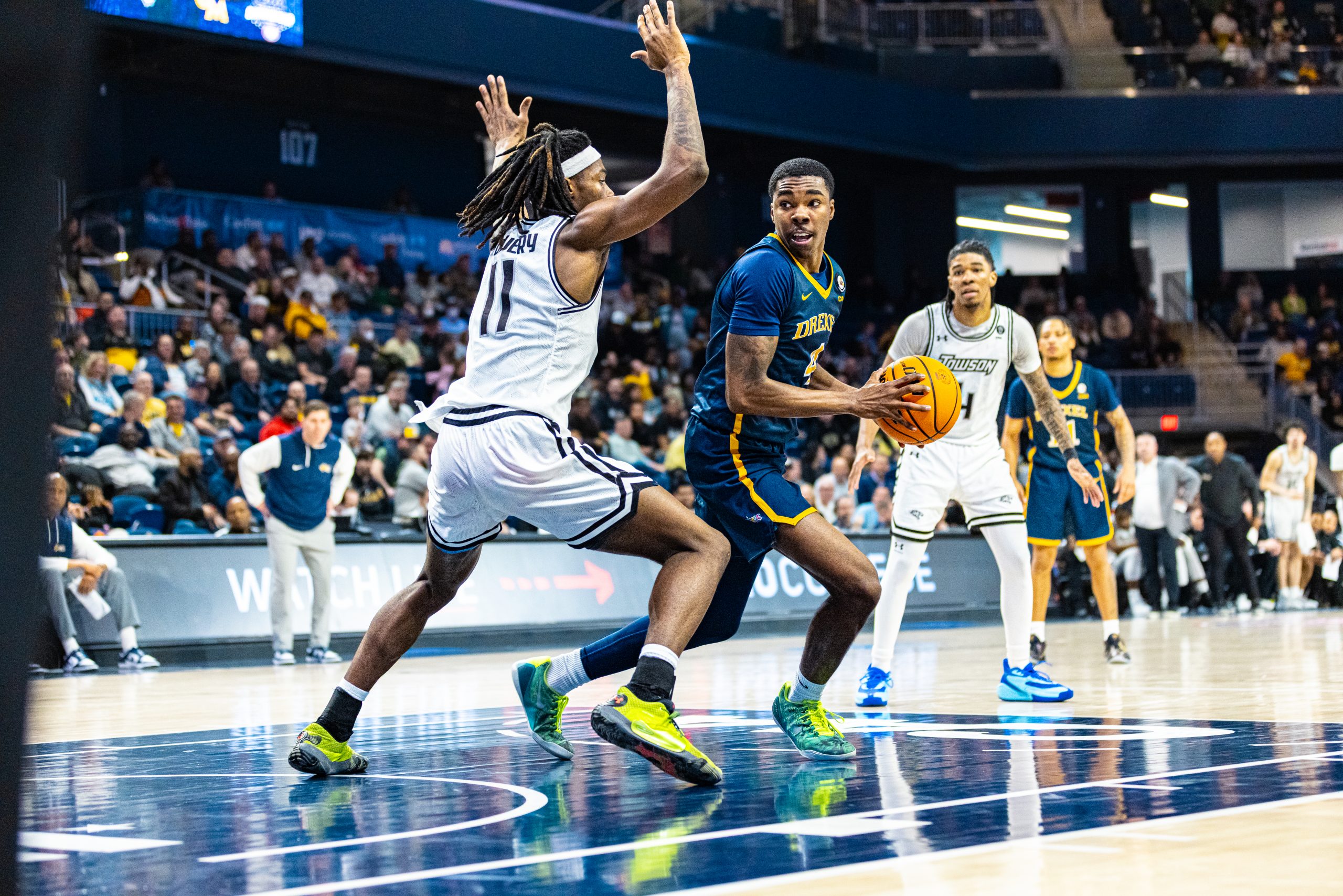
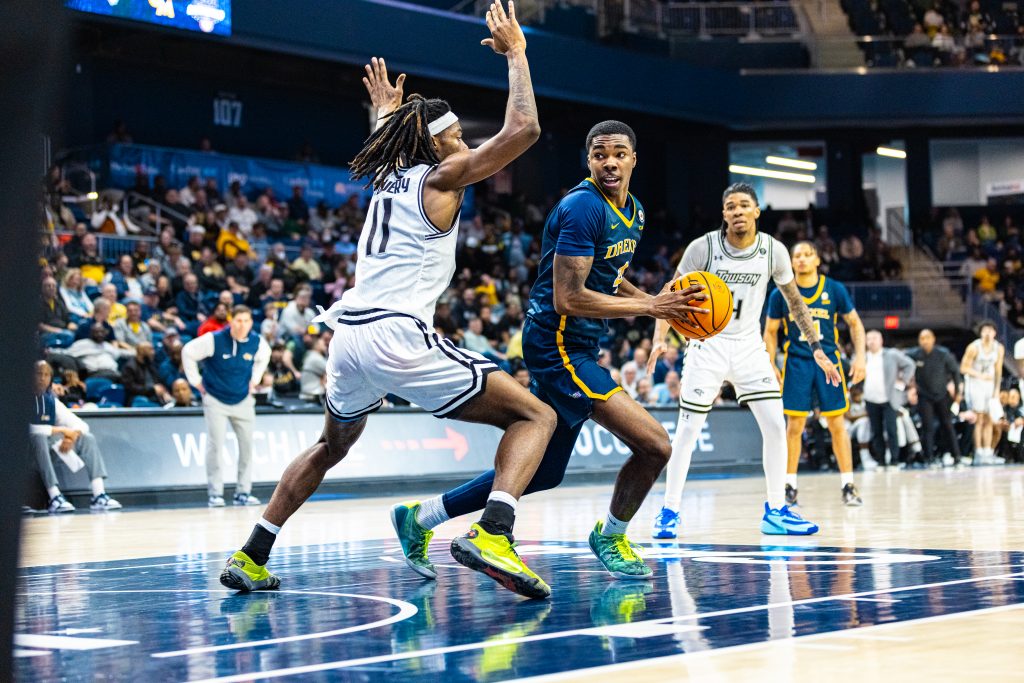
Unlike colleges such as the University of Alabama or Ohio State, Drexel is not typically top of mind when it comes to prestigious athletics programs. As a member of the Coastal Athletic Association, which is not part of the Power 5 conferences (which include the Atlantic Coast Conference, the Big Ten Conference, the Big 12 Conference and the Southeastern Conference), Drexel is classified as a mid-major. This label comes from the conference that a school’s men’s basketball team plays in. In today’s college athletic landscape, which is shaped by name, image and likeness opportunities, this characterization has limited the ability of Drexel’s student-athletes to fully benefit from NIL deals.
Unfortunately for Drexel, the shortcomings of the men’s basketball program have undermined the success of other Drexel athletics programs. Just this season, the men’s and women’s lacrosse teams made trips to the CAA championship, and the women’s team was consistently ranked as one of the top 25 programs in the nation. Both Drexel squash programs rank in the top 10, the rowing teams have dominated in recent competitions, and, in 2024, the women’s basketball team won the CAA championship and competed in March Madness.
Despite these achievements, Drexel is still a relatively unknown school in college athletics. While this can be attributed to a number of factors, perhaps the main issue of name recognition stems from the lack of NIL funding towards athletes.
Since the initial Supreme Court ruling back in 2021, NIL has transformed the landscape of college athletics. The court found that college athletes can profit off of their name, image and likeness on top of the scholarship given to them by their school.
In the four short years since this ruling, how athletes prioritize and decide the schools for their collegiate career has completely changed. Now, on top of following their dreams of professional sports, athletes are also weighing the possibility of making as much revenue as they can.
This dynamic is especially prevalent in men’s basketball, where it is not uncommon for players to enter the transfer portal two or three times. One example of this is PJ Haggerty, who has played on three different teams and recently announced he would be committing to Kansas State after negotiating to receive a $2.5 million NIL package. While athletes from mid-majors are not getting as large of deals as Haggerty, they still stand to benefit financially by transferring to schools with better NIL infrastructure.
During this offseason, Drexel’s men’s basketball team lost four of its most impactful players to the transfer portal. Cole Hargrove and Kobe McGee, who both earned CAA awards this season, transferred to Providence and Florida State University, respectively. Jason Drake announced he would spend his final year at the University of Indiana, and Yame Butler transferred to Butler University after an outstanding season. In recent memory, other standout players such as Amari Williams and Justin Moore have made moves to larger universities.
Despite head coach Zach Spiker’s claim of a culture with “a group that is connected [and] a locker room that loves being around each other” at Drexel, it seems not to be enough as the Dragons continue to lose top talent every offseason. What is the motive for these players entering their names into the NCAA transfer portal if not for potential NIL deals?
While NIL has given numerous opportunities to many different athletes, it has also created problems for universities struggling to keep up with the ever-changing rules. Currently, colleges believe that for NIL to be successful, rules and regulations are needed to stop the disproportionate allotment of money to players. At the time of publication, athletes are allowed to get paid in any amount and without any restrictions. In an attempt to make resources more equitable, the College Sports Commission was created by the Power 5 conferences to establish limitations.
For Drexel and other mid-major institutions, NIL equality is especially important, as they do not have the resources available to attract and keep star athletes. Earlier this year, an article in the Philadelphia Inquirer revealed that Drexel’s NIL resources rank in the bottom half out of all the schools in the CAA, raising concerns for Drexel and its sustainability in the coming years.
In December 2023, Drexel announced that they were launching the Dragon Fire Collective, a NIL Collective intended to support Drexel athletes by creating NIL opportunities for them. However, this effort seems to be inactive at the moment, as the last post on their Instagram was a “day in the life” video featuring Yame Butler from June 2024. Without an active collective to assist students in earning NIL money, Drexel is positioning itself further behind other mid-major universities and running the risk of losing athletes to the transfer portal.
The future of NIL remains uncertain to this day. Pending a judge’s decision on the House vs. NCAA lawsuit, which could allow schools to distribute up to $20.5 million to student-athletes, the CAA’s Board of Directors has voted to opt in to the settlement. If the judge rules in the athletes’ favor, CAA institutions, including Drexel, would be required to share their revenue.
While this decision is expected to come in late June, Drexel has already announced that they will comply with the CAA’s decision and that they are prepared to share revenue with their athletes, as confirmed by the Inquirer.
Other schools in the CAA, such as Stony Brook, have also stated plans to share their revenue with their athletes. On May 28th, they became the first school in the CAA to partner with a third-party platform to help manage revenue sharing. In addition to being an early adopter of the CAA’s mandate, Stony Brook, which has similar athletic success as Drexel, boasts one of the best NIL systems for a mid-major university.
Despite Stony Brook’s collective being launched around the same time as Drexel’s, it has made much more progress. Since the launch of the 1957 Club, the organization has hosted galas, created merchandise and partnered with NIL websites that allow fans to subscribe and gain access to the Seawolves’ athletes. Although these efforts have not entirely prevented players from entering the transfer portal this year, the university is still setting itself up for a better future than Drexel, which does not have any of these opportunities in place.
Drexel will never become the next Notre Dame, but that should not be an excuse to not build up a NIL system that prioritizes keeping players at Drexel, winning games and creating better opportunities for their athletes. With the upcoming ruling regarding revenue sharing, Drexel has the chance to level the playing field with other mid-major programs. Taking action now will make the university more competitive and set up every current and future athlete to have a successful career as a Drexel Dragon.
NIL
Wisconsin basketball knows its first opponent—Here’s who’s up first
The Wisconsin Badgers basketball season is slowly taking shape. The Badgers haven’t shied away from tough competition by adding BYU, Villanova, and a fun invitational that features Providence, TCU, and the national champions, the Florida Gators. Now we finally know who the first game and opponent will be, according to basketball insider Rocco Miller. The […]

The Wisconsin Badgers basketball season is slowly taking shape. The Badgers haven’t shied away from tough competition by adding BYU, Villanova, and a fun invitational that features Providence, TCU, and the national champions, the Florida Gators. Now we finally know who the first game and opponent will be, according to basketball insider Rocco Miller.
The Wisconsin Badgers will square off against the Campbell Fighting Camels on November 3rd at the Kohl Center.
NEWS: Wisconsin and Campbell will meet in the 2025-26 College Basketball season opener on Monday, November 3rd at the Kohl Center, per multiple sources.
This will mark the Fighting Camels’ head coaching debut for John Andrzejek. #B1G #CAAHoops
— Rocco Miller (@RoccoMiller8) July 11, 2025
The Wisconsin Badgers vs. the Campbell Fighting Camels will kick off the 2025-2026 season
It was good for Greg Gard and Chris McIntosh to add in a ton of talented non-conference opponents to help the tournament chances and get the Badgers ready for Big Ten play. However, starting with a winnable game is important for a team that is over half rebuilt and has a 3/5ths of a new starting lineup.
The Badgers and the Fighting Camels have never played a game against each other, and this will mark the very first meeting of the two programs. The Fighting Camels had a very forgettable season last year, going 15-17 and ultimately replacing their head coach. The game against Wisconsin will also be the debut of new head coach John Andrzejek for Campbell.
The Badgers are hosting, providing an excellent chance for fans to see the rebuilt team in action, along with some fan favorites like John Blackwell, Jack Janicki, and Nolan Winter. This next season holds promise as the Badgers found a way into the round of 32 but lost in a disappointing game against BYU. There is renewed hope for next season.
The start of the season will be a good way to secure a win, and yet learn how this team works together and what roles each player will play on the team.
The official announcement hasn’t taken place, and so more details will follow, like game time and ticket information.
NIL
Klassey on KMJ at 10:00 AM : NIL and Stadium Expansion
JoeFan13 said… (original post) Please everyone just stop with the “new stadium” talk, it ain’t gonna happen. VC needs major upgrade, yes, this is feasible and should result in a… show more The reason why a new stadium is being brought up, is that the cost will most likely be about $350 million. But that […]

JoeFan13 said… (original post) Please everyone just stop with the “new stadium” talk, it ain’t gonna happen. VC needs major upgrade, yes, this is feasible and should result in a…
The reason why a new stadium is being brought up, is that the cost will most likely be about $350 million. But that a full renovation alone might cost $200-250 million plus.
A new stadium could be designed to allow better accommodations for outside events like concerts, tractor pulls, etc. Also building spaces and amenities to attract more premium customers, to get more revenue per person in those areas. The new stadium most likely will also include an attached football facility.
A renovation of the stadium will be cheaper, but at what cost. They may not find it feasible to put that much money into a facility that will then only be used 6 times per year. AD Klassy stated shade is a big issue that people have brought up. How can that be addressed at VCS? The overhangs in past renderings and plans, would barely cover a few rows and simply be a waste of money. The tunnels were thought and then eliminated in the “Elevate” plan. So people would still complain about walking up and heading down the stairs.
The thing is, Bulldog Stadium has tradition and memories for most fans of Fresno State, but it still was built in the late 70’s. Not like is was built in the 20-30’s.
Basically need to work on the best ROI, be it a reno or new. Work the numbers and see what looks better, not only a few years down the line, but 30-50 years down the road.
NIL
Five-star TE Kaiden Prothro commits to Georgia over Florida, Texas
Eli LedermanJul 12, 2025, 04:59 PM ET Close Eli Lederman covers college football and recruiting for ESPN.com. He joined ESPN in 2024 after covering the University of Oklahoma for Sellout Crowd and the Tulsa World. Georgia beat Florida and Texas to its second five-star pledge in the 2026 class on Saturday with a commitment from […]
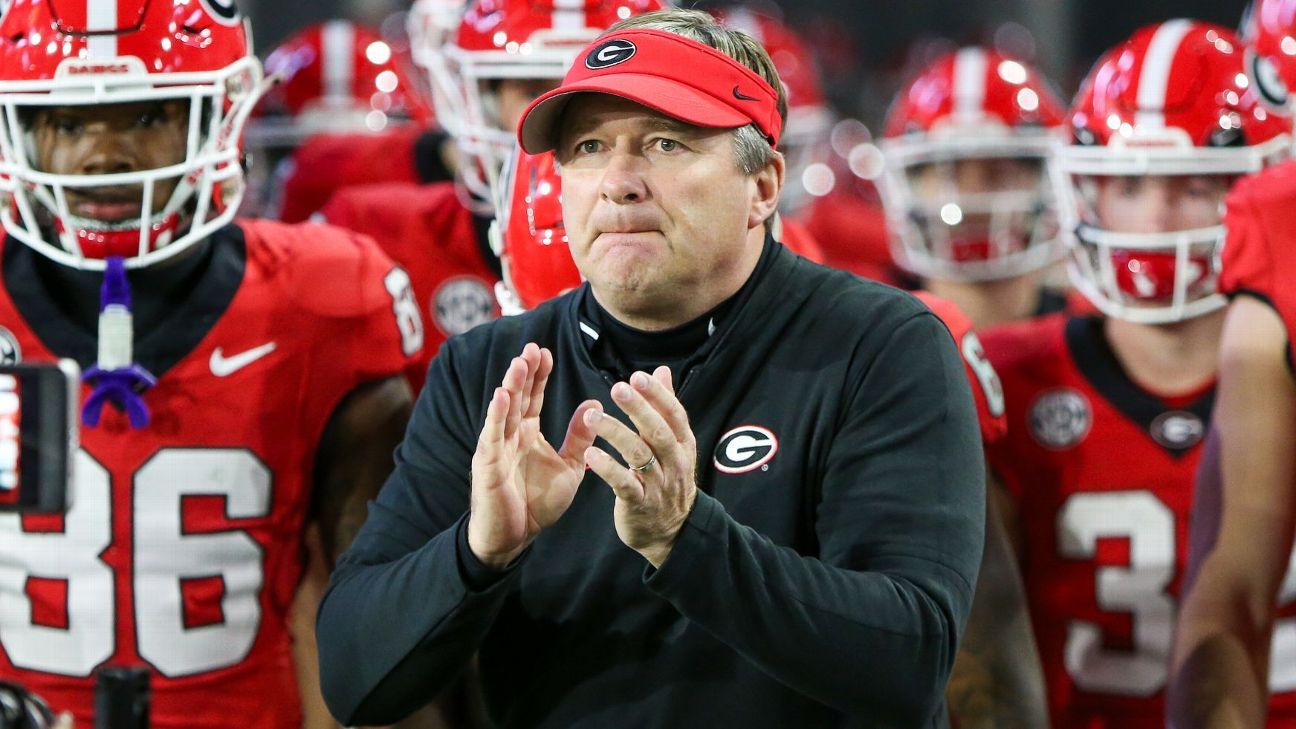
Georgia beat Florida and Texas to its second five-star pledge in the 2026 class on Saturday with a commitment from tight end Kaiden Prothro, the No. 19 overall prospect in the 2026 ESPN 300.
Prothro, a 6-foot-7, 210-pound recruit from Bowdon, Georgia, is ESPN’s No. 2 overall tight end and viewed as one of the top pass catchers at any position in the current class. A priority in-state target for coach Kirby Smart, Prothro took official visits to Auburn, Alabama, Georgia, Florida and Texas before narrowing his recruitment to the Bulldogs, Gators and Longhorns last month.
He announced his commitment to Georgia in a ceremony at Bowdon High School, where Prothro has hauled in 89 passes for 2,034 yards and 35 touchdowns over the past two seasons.
Prothro arrives as the Bulldogs’ 17th ESPN 300 pledge in an incoming recruiting class that sits at No. 2 in ESPN’s latest class rankings for the cycle, joining quarterback Jared Curtis (No. 6 overall) as the program’s second five-star commit in 2026. He now stands as the top-ranked member of a growing Georgia pass-catcher class that also includes four-star wide receivers Brady Marchese (No. 62) and Ryan Mosley (No. 120) and three-star Craig Dandridge.
The Bulldogs, who produced six NFL draft picks at tight ends from 2019-24, have forged a reputation for developing top tight end talent under Smart and assistant coach Todd Hartley. Georgia signed ESPN’s top two tight end prospects — Elyiss Williams and Ethan Barbour — in the 2025 class, and Prothro now follows four-stars Brayden Fogle (No. 142 overall) and Lincoln Keyes (No. 238) as the program’s third tight end pledge in 2026.
Those arrivals, along with eligibility beyond 2025 for current Georgia tight ends Lawson Luckie and Jaden Reddell, could make for a crowded tight end room when Prothro steps on campus next year.
However, Prothro is expected to distinguish himself at the college level as a versatile downfield option capable of creating mismatches with a unique blend of size, speed and physicality in the mold of former two-time All-America Georgia tight end Brock Bowers. His father Clarence told ESPN that Georgia intends to utilize Prothro across roles, including flex tight end and jumbo receiver, and said scheme fit was a key driving factor in his son’s decision.
A three-time state football champion, Prothro caught 33 passes for 831 yards and 13 touchdowns as a sophomore in 2023. He eclipsed 1,200-yards in his junior campaign last fall, closing 2024 with 56 receptions (21.4 yards per catch) and 22 receiving touchdowns en route to a 13-2 finish and a third consecutive state championship. Prothro is also an All-Region baseball player and was credited with 20.7 points and 16.5 rebounds per game in his junior basketball season.
NIL
Sonny Vaccaro Recalls Lying During LeBron James Negotiations With Adidas, Forcing Him To Quit
The business of basketball is just as vast and cutthroat as the competition on the court. No one knows that better than legendary executive Sonny Vaccaro. The Godfather of Sneaker deals made his bones at Nike and later went on to work for Adidas. But he had an ugly exit from the latter, and it […]

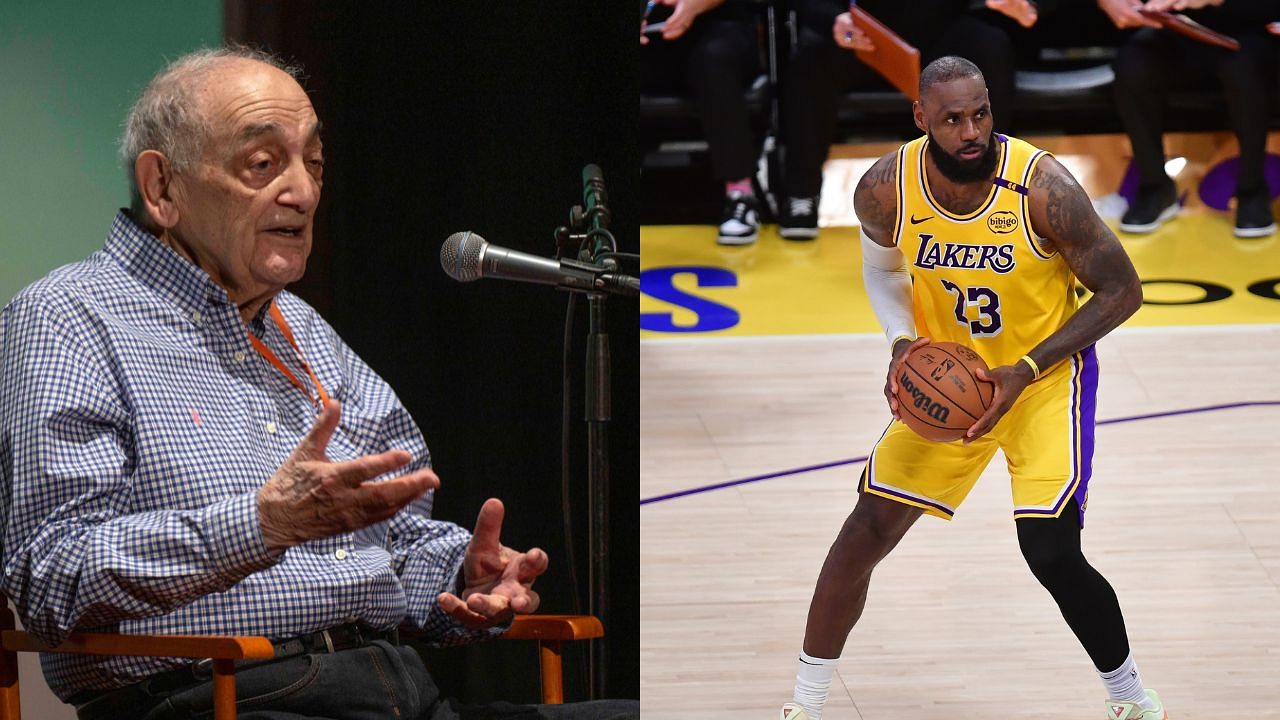
The business of basketball is just as vast and cutthroat as the competition on the court. No one knows that better than legendary executive Sonny Vaccaro. The Godfather of Sneaker deals made his bones at Nike and later went on to work for Adidas. But he had an ugly exit from the latter, and it has to do with LeBron James.
Advertisement
Vaccaro was famous for being the man who signed Michael Jordan to Nike in the 1980s. He didn’t just sign him. He bet Nike’s entire basketball budget on him, and it paid off in more ways than could ever be explained. MJ became a phenomenon and helped launch Nike to the No. 1 sports apparel brand, with an estimated worth of $107 billion.
However, Vaccaro’s path took a wild turn when he left Nike for Adidas in an attempt to compete against them. He was about to sign LeBron James to one of the most lucrative shoe deals in history. But that didn’t happen. He recalled why during a recent interview with GrowthX.
“I was forced not to tell the truth when Adidas screwed up on LeBron. They lied to me, and I quit. The best thing you can do, is tell the truth to the client, to the player. Do what you think,” he stated.
How did Adidas lie? Vaccaro’s pitch was to offer to LBJ $100 million, which Adidas agreed to. However, Adidas went back on their word and changed the numbers of their offer, adding in provisions for incentives, but at a much lower price. It swayed LeBron away, and Vaccaro quit after because they made him lie to not only James, but his mother, too.
“The other thing, even in the LeBron thing, if they would not have lied to me. But never in any negotiation did I say to anybody, ‘This is my maximum. I’m gonna give you $100 million,’” he later said in the GrowthX interview. He explained that doing that already puts the company into a corner that they cannot battle their way out of.
“You can’t put yourself in a corner. That’s what Converse did and Adidas did with Michael. ‘Well why not? We got Magic Johnson. We got this.’ They put themselves in that corner by saying we’re not going above them,” he added.
Adidas’s lack of awareness left billions of dollars out of their pocket. A move that Vaccaro himself would call “the dumbest single mistake anybody has ever made in the history of negotiating.” Looking at the numbers, he wasn’t wrong.
“Adidas lied to him. I couldn’t work for people that lied to somebody who I gave my word to,” stated Vaccaro in a separate interview with Scoop B. For a guy who hustled his way through with the gift of the gab, it’s kind of honorable to see him walk on a corporation whose dishonesty matched only their cheapness.
As for LeBron? He famously signed a $90 million deal with Nike before his NBA debut in 2003, turning down bigger offers because Nike helped him move his mom out of the hood. In 2015, he became the first athlete to land a lifetime deal with the brand, which is reportedly worth over $1 billion.
His signature line has dropped 22 shoes so far, earning him an estimated $30–44 million annually. More than a sneaker deal, it’s a long-term partnership that solidified LeBron as a global icon alongside Jordan.
NIL
Klassey on KMJ at 10
JoeFan13 said… (original post) Please everyone just stop with the “new stadium” talk, it ain’t gonna happen. VC needs major upgrade, yes, this is feasible and should result in a… show more The reason why a new stadium is being brought up, is that the cost will most likely be about $350 million. But that […]

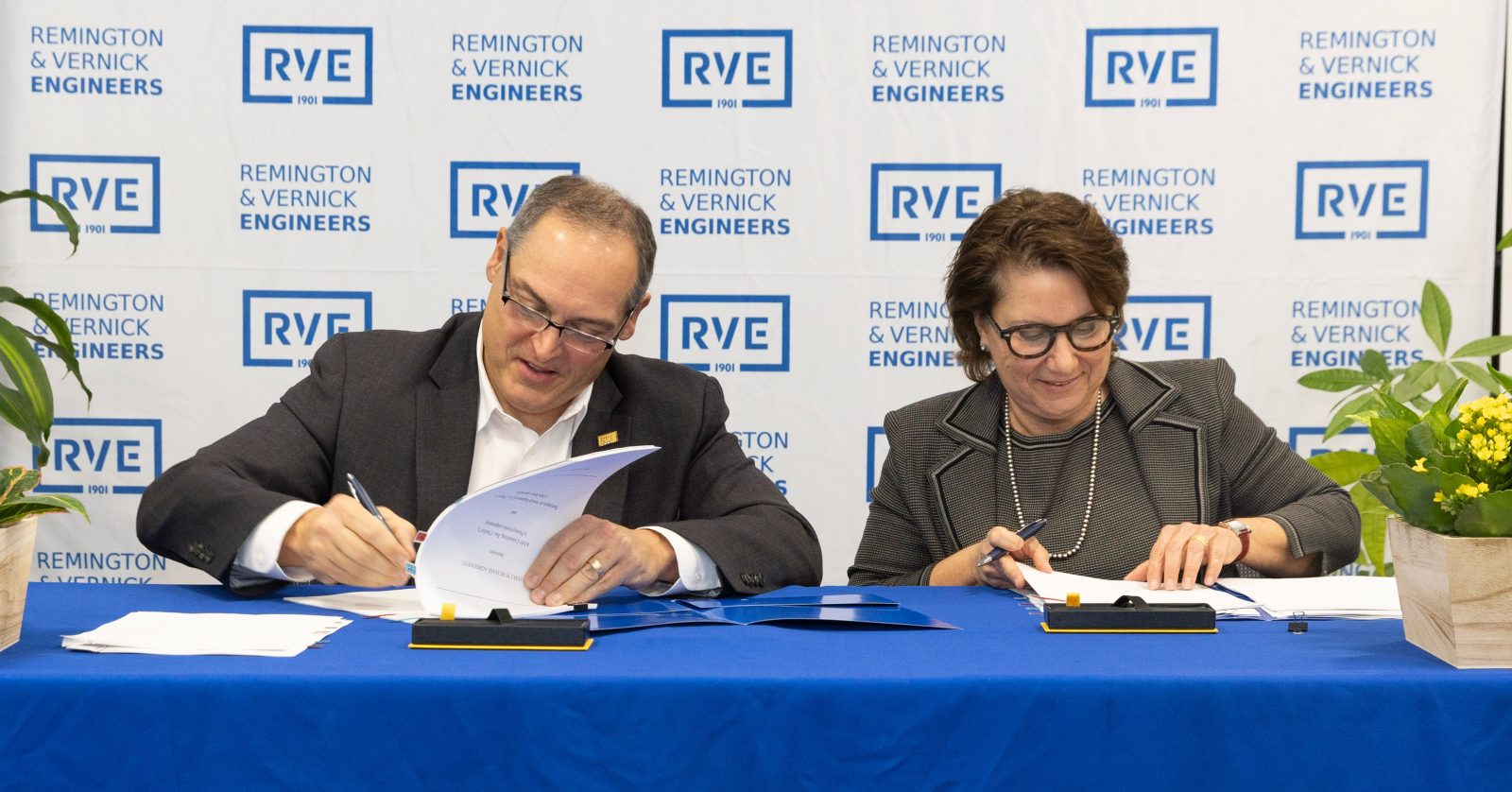
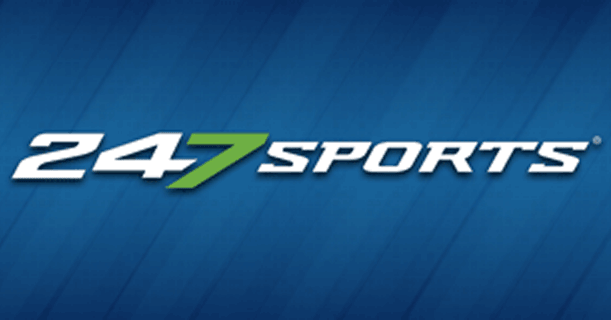
JoeFan13 said… (original post) Please everyone just stop with the “new stadium” talk, it ain’t gonna happen. VC needs major upgrade, yes, this is feasible and should result in a…
The reason why a new stadium is being brought up, is that the cost will most likely be about $350 million. But that a full renovation alone might cost $200-250 million plus.
A new stadium could be designed to allow better accommodations for outside events like concerts, tractor pulls, etc. Also building spaces and amenities to attract more premium customers, to get more revenue per person in those areas. The new stadium most likely will also include an attached football facility.
A renovation of the stadium will be cheaper, but at what cost. They may not find it feasible to put that much money into a facility that will then only be used 6 times per year. AD Klassy stated shade is a big issue that people have brought up. How can that be addressed at VCS? The overhangs in past renderings and plans, would barely cover a few rows and simply be a waste of money. The tunnels were thought and then eliminated in the “Elevate” plan. So people would still complain about walking up and heading down the stairs.
The thing is, Bulldog Stadium has tradition and memories for most fans of Fresno State, but it still was built in the late 70’s. Not like is was built in the 20-30’s.
Basically need to work on the best ROI, be it a reno or new. Work the numbers and see what looks better, not only a few years down the line, but 30-50 years down the road.
NIL
Adam Hill: NIL payments, salary cap in college sports need big changes already days after House vs. NCAA settlement | Adam Hill | Sports
There is a four-word sentence that would have been difficult to ever imagine typing even just a few days ago. Mike Gundy is right. OK, I said it. We got that out of the way. Let’s not kid ourselves. The Oklahoma State football coach didn’t exactly arrive at a correct opinion through altruism. But hey, […]

There is a four-word sentence that would have been difficult to ever imagine typing even just a few days ago.
Mike Gundy is right.
OK, I said it. We got that out of the way.
Let’s not kid ourselves. The Oklahoma State football coach didn’t exactly arrive at a correct opinion through altruism. But hey, that whole saying about a broken clock has been proved right yet again.
Gundy this week directly articulated what many in the college sports landscape are only willing to say behind the scenes. All of these new rules and regulations created by the House v. NCAA settlement and the implementation of revenue sharing for college athletes just isn’t working.
Already.
And we’re only like 10 days into the rollout.
“You’ve gotta restructure your systems and admit players are employees,” Gundy told the “Andy & Ari On3” podcast at Big 12 media day. “Then you can build collective bargaining. We’ve all talked about it. But you have to admit they’re employees. You can do it all. You can have a (salary cap) and you need an entry level for a high school player coming in because it’s not sustainable.”
Those voices that have been against players getting paid at all certainly aren’t going to like the idea of unionization and even more power, but it might be the only way forward.
Gundy’s evolution on the issue is a result of a realization his program, which tried to hold the line against pay-for-play recruiting in the transfer portal, can’t compete in the new era.
While his motives may not be pure, Gundy has at least arrived in the place where most everyone else will be in time.
Because remember how the settlement was supposed to fix so much of the broken pay structure in college sports? How it was going to bring transparency to a process that severely lacked it and at least put teams on an even playing field in terms of moving the payments above board while still allowing the athletes to profit off their individual value above and beyond the revenue sharing money while providing some oversight to the transactions?
It truly was an admirable endeavor. It just wasn’t going to work.
Ideally, this model was going to be a solid bridge to the inevitable and potentially a good foundation from which to build the future model for college sports.
But that concept certainly wasn’t helped by the settlement getting approved just days before it was set to be implemented. That created chaos.
While programs were cleared to immediately start compensating athletes up to the salary cap, the firm Deloitte was tasked by the power conference-backed College Sports Commission with deciding whether individual players’ NIL deals above and beyond that were legitimate and of fair market value.
It would take far more time and words to explain the difficulties of determining such a standard. So, it seems what has happened in practice is the College Sports Commission has decided to simply reject all deals done with athletes through collectives as a general practice as a starting point.
Collectives can serve as a conduit to connect athletes with legitimate businesses, it clarified in a letter, but can’t essentially hold their own fundraising events to collect money to pay players. It’s a fine line.
But it also means players were made promises that may not actually come to fruition.
Some of the more forward-thinking groups front-loaded deals and got the payments made before this process started a couple weeks ago, but others are left wondering what happens next.
Attorneys for the players have lashed out, demanding a retraction of the ruling on collective payments and calling it a restriction of the players’ earning potential that runs counter to the settlement.
On the flip side, allowing collectives to simply accumulate and distribute vast resources as a way to circumvent the new salary cap rules kind of defeats the whole competitive balance thing.
It’s incredibly complicated.
“We don’t know the rules,” Arizona State coach Kenny Dillingham admitted. “The settlement passed, but who knows what Deloitte is going to clear? Until there is clarity, you’re living in limbo.”
Exactly.
Gundy is right. So is Dillingham. Sadly, this temporary fix has to be extremely short-lived.
Chances are even some sort of CBA isn’t going to provide all the answers, but it’s the logical next step.
Contact Adam Hill at ahill@reviewjournal.com. Follow @AdamHillLVRJ on X.
-

 Technology2 weeks ago
Technology2 weeks agoPet fitness and wellness trends for a healthier and happier dog
-

 College Sports2 weeks ago
College Sports2 weeks agoWAC to Rebrand to UAC, Add Five New Members in 2026
-

 Motorsports2 weeks ago
Motorsports2 weeks agoWhy Cosmetics are Making Up for Lost Time in Women’s Sports
-

 College Sports2 weeks ago
College Sports2 weeks agoA new era of Dickinson hockey begins behind the bench – The Dickinson Press
-

 Health2 weeks ago
Health2 weeks agoFlorida assault survivor shares hope for change with new mental health law
-

 Motorsports2 weeks ago
Motorsports2 weeks agoNASCAR This Week – Patriot Publishing LLC
-

 Motorsports1 week ago
Motorsports1 week agoTeam Penske names new leadership
-

 Youtube3 weeks ago
Youtube3 weeks agoFunniest MLB rain delay moments
-

 Sports2 weeks ago
Sports2 weeks agoHow to Market FAST Sports Content to New Audiences
-
Health2 weeks ago
McDonald named volleyball assistant coach































